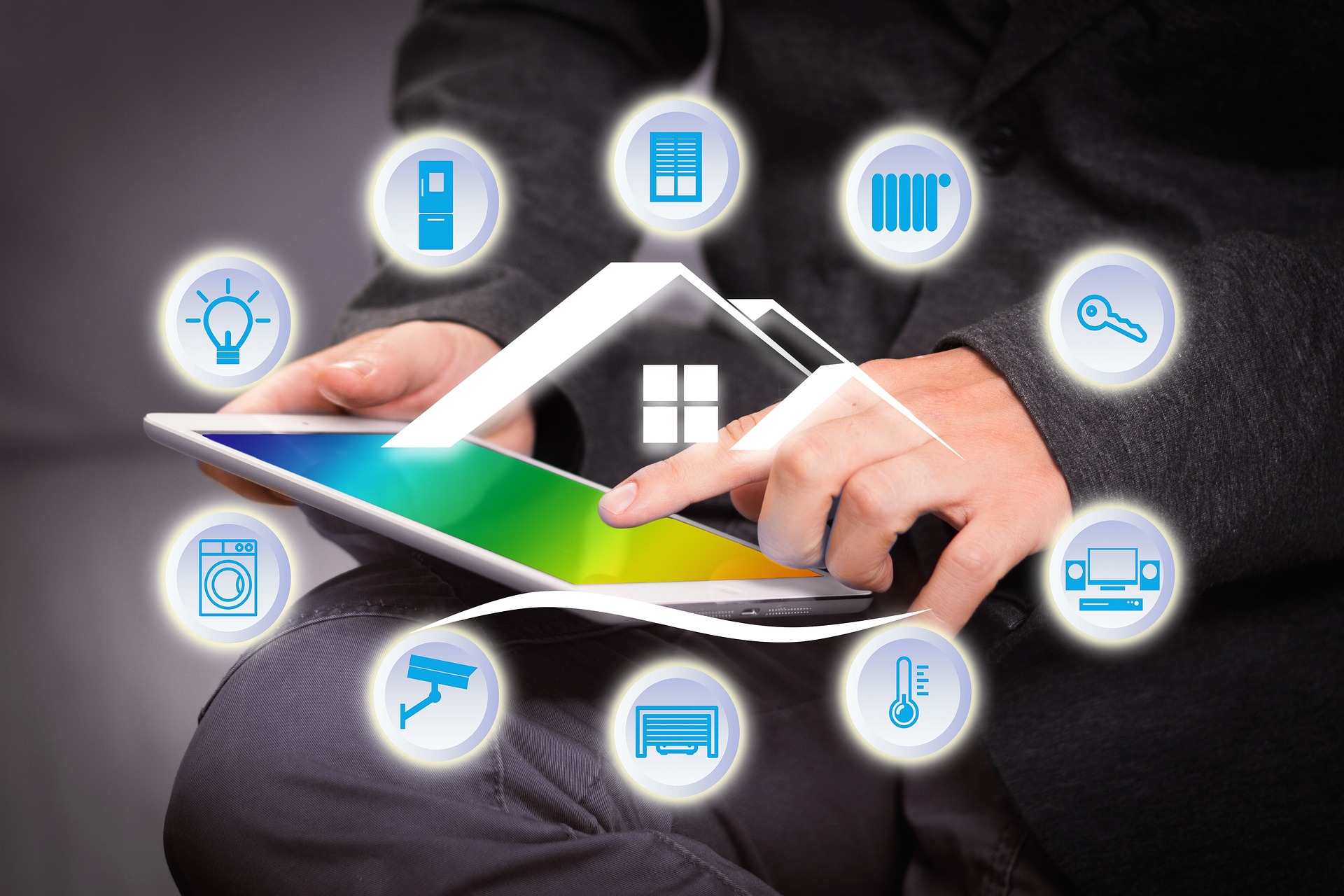Imagine entering a house that anticipates your needs, adjusts settings based on your preferences, and enhances every aspect of your daily life. This isn’t just a dream – it’s the reality of smart home systems, and understanding how these intelligent systems work will create possibilities for many homeowners. So, here’s what you need to know:
What is a Smart Home System?
 A smart home system is a network of devices and appliances connected and controlled through the internet, creating an intelligent ecosystem within your home. It allows you to remotely control and monitor various aspects of your living space, such as lighting, heating, security systems, entertainment systems, and even kitchen appliances. At the heart of a smart home system lies a central hub or controller that serves as the command center for all connected devices. This hub acts as the brain behind the operation, receiving and processing information from sensors placed throughout your home. In essence, ‘smart’ refers not only to increased convenience but also to enhanced safety measures.
A smart home system is a network of devices and appliances connected and controlled through the internet, creating an intelligent ecosystem within your home. It allows you to remotely control and monitor various aspects of your living space, such as lighting, heating, security systems, entertainment systems, and even kitchen appliances. At the heart of a smart home system lies a central hub or controller that serves as the command center for all connected devices. This hub acts as the brain behind the operation, receiving and processing information from sensors placed throughout your home. In essence, ‘smart’ refers not only to increased convenience but also to enhanced safety measures.
How Do Smart Home Systems Work?
 Smart home systems have significantly changed the way we interact with our homes. But how exactly do these systems work? Let’s take a closer look. At the heart of every smart home system is connectivity. These systems rely on various wireless technologies, such as Wi-Fi or Bluetooth, to connect devices within your home. From smart thermostats to security cameras and even kitchen appliances, all these devices can communicate with each other through a centralized hub or control panel. Most smart home systems use protocols like Zigbee or Z-Wave to make this communication possible. These protocols provide a common language that allows gadgets from different manufacturers to work together.
Smart home systems have significantly changed the way we interact with our homes. But how exactly do these systems work? Let’s take a closer look. At the heart of every smart home system is connectivity. These systems rely on various wireless technologies, such as Wi-Fi or Bluetooth, to connect devices within your home. From smart thermostats to security cameras and even kitchen appliances, all these devices can communicate with each other through a centralized hub or control panel. Most smart home systems use protocols like Zigbee or Z-Wave to make this communication possible. These protocols provide a common language that allows gadgets from different manufacturers to work together.
Think of it as an interpreter that ensures everyone is on the same page. Once connected, you can control your smart devices using a smartphone app or voice commands via virtual assistants like Amazon Alexa or Google Assistant. This means you can adjust the temperature in your living room while lounging on the couch or turn off lights in another part of the house without getting up. You can also build schedules and routines for your devices to automatically perform certain tasks at specific times or under certain conditions. The beauty of smart home systems lies in their ability to integrate and adapt according to your needs and preferences. As technology advances, these systems will only become smarter and more intuitive, making our lives easier and more efficient.
Conclusion
Smart home systems have emerged as an innovative and convenient solution for homeowners. With their ability to automate various aspects of our daily lives, these systems offer a new level of comfort and convenience. By integrating different devices and appliances within the home, smart home systems create a connected ecosystem that can be controlled with just a few taps on your smartphone or voice commands. As we embrace technological advancements at an unprecedented pace, the future looks brighter than ever for smart home systems. The possibilities seem endless, and who knows what exciting developments lie ahead?

